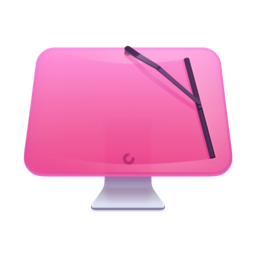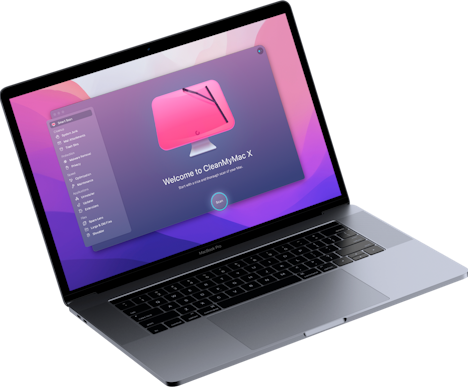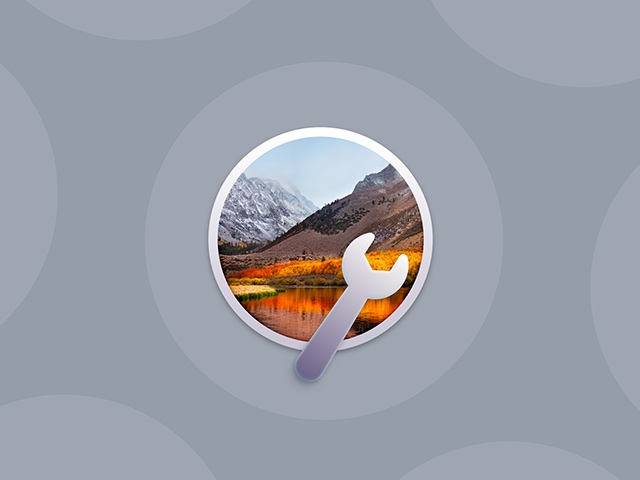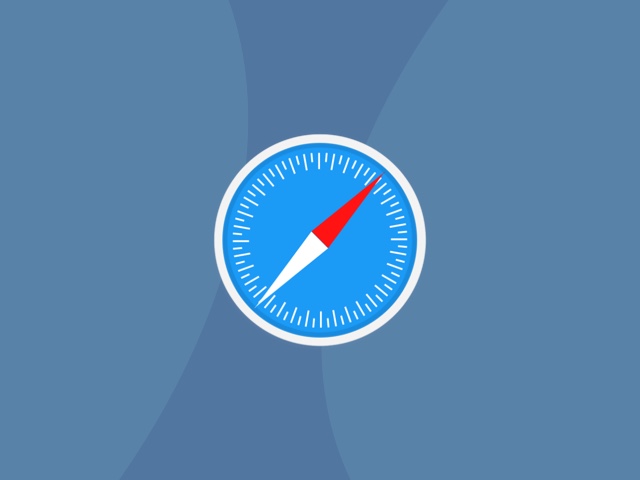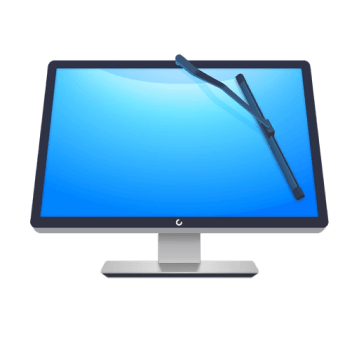How to clean install Mac OS X from USB
Those who still rely on older OS X operating systems know these still are going strong. There are so many things you can do with past OS X — like Lion, Mavericks, or Yosemite. Each one of these operates flawlessly. So, if you’re looking to give your Mac a fresh start with just a classic OS X and nothing else, clean installing Mac OS from USB is the best option for you.
To clean install Mac OS from USB, there are three things you should do. First, you should clean up your Mac from the old baggage — system files that have piled up over time. Once it’s all cleaned up, the next you should do is backup your newly cleaned Mac. And finally, after doing a backup, you can clean install OS X of your choice from USB.
We’ve got the steps outlined below, so let’s get to it.

Step 1: Clean system junk on your current OS X
Whatever OS X you are currently on, system junk and outdated cache files are a potential source for software conflicts. Having cleaned them up, you may discover around 35 GB of newly created space previously taken by junk. What’s more, old caches may interfere with your new OS X installation, so this step is pretty essential. Cleaning can be done manually.
How to remove old user caches:
- Click on a Finder window and choose “Go to Folder” in the Go menu.
- Type in ~/Library/Caches and click Enter to go open the folder.
- Go through each of the folders and remove their contents.
Note: Do not remove the folders themselves, just their insides.
Next off, do the same steps, but now replace...
~/Library/Caches with… /Library/Caches
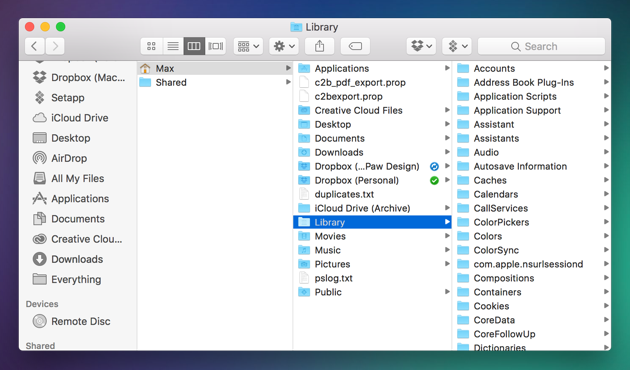
Once you’ve finished the cleanup, head to the next step.

Step 2: Back up your Mac
Before you begin to reinstall OS X from USB, you should back up your Mac. Note: If you don’t do this step, you will not be able to recover files nor restore anything if something goes wrong. To back up your Mac:
- Open an app called Time Machine.
- Click “Select Disk.”
- Select where you wish to save your files (an external drive works best, Apple Time Capsule is a safe bet).
- Click “On” on the left-hand side of the screen to turn Time Machine on.
- On the right, under the name of the storage device, there are three lines that say, “Oldest backup,” “Latest backup,” and “Next backup.” Your backup should be scheduled within the next 5 minutes.
- Don’t want to wait? In the menu bar at the top of your screen, look for a few icons located left of the Date & Time and click on the “arrow clock” icon and select “Back Up Now.”

Step 3: Installing Mac OS from USB
You will need three essential things:
- The OS X Installer (downloaded from the App Store)
- The backup of your old system
- Startup drive to install OS X on
Once it’s all prepared, it’s time to clean install OS X. But first, you need to create a bootable drive using a USB containing OS X of your choice. Don’t know how? Then read on.
How to create a bootable USB flash drive
1. Connect your Mac to the USB flash drive. It should have at least 12 GB of available storage.
2. Open Terminal from the Utilities folder of your Applications folder.
3. Type or paste the following commands in Terminal:
Mavericks:
sudo /Applications/Install\ OS\ X\ Mavericks.app/Contents/Resources/createinstallmedia --volume /Volumes/MyVolume --applicationpath /Applications/Install\ OS\ X\ Mavericks.app
Yosemite:
sudo /Applications/Install\ OS\ X\ Yosemite.app/Contents/Resources/createinstallmedia --volume /Volumes/MyVolume --applicationpath /Applications/Install\ OS\ X\ Yosemite.app
El Capitan:
sudo /Applications/Install\ OS\ X\ El\ Capitan.app/Contents/Resources/createinstallmedia --volume /Volumes/MyVolume --applicationpath /Applications/Install\ OS\ X\ El\ Capitan.app

4. Press Return.
5. Type your administrator password and press Return.
6. When prompted, type Y to confirm that you want to erase the volume and press Return. You’ll see the progress as the bootable installer is created.
7. Quit Terminal when the process is finished.
How to install the OS from USB
1. Plug in your bootable USB drive and Restart your Mac while holding the Option key. Make sure to keep it pressed down.
2. When it restarts, you’ll have a few options. Choose your USB Installer.
3. Next, select the Disk Utility option.
4. In the window at the top of the left bar, select your Mac’s Main Drive.
5. Next, to the First Aid button at the top, click the Erase button.
6. Now, near the center of the window, select the Format drop-down list and select “Mac OS X Extended (Journaled)” as the type.
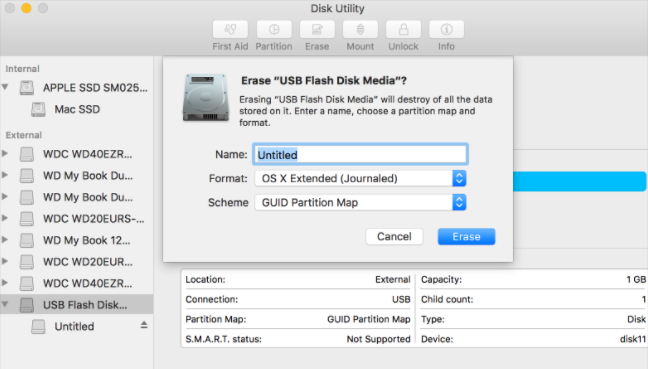
7. Click Erase (this will erase your main drive) and allow time for the drive to format.
8. When it’s finished, close out Disk Utility and select “Install OS X” from the menu.
9. Select your main drive and install a new OS X on it.
Follow the installation prompts and enjoy your new operating system. And if you want your new OS works smoothly for a long time to come, use a great cleaning and maintenance tool we’ve mentioned above — CleanMyMac. The app will take care of your Mac, so you’ll get the most out of your computer again. Try it now!

